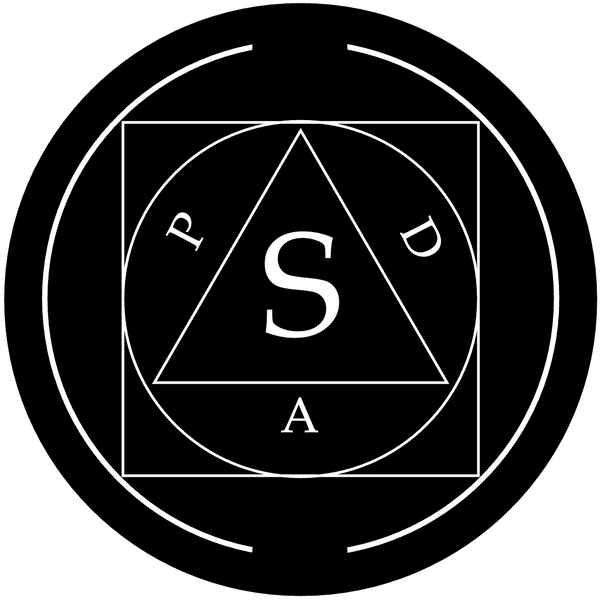Manjus - antiquity
Manjus - antiquity
Couldn't load pickup availability
Bodhisattva Manjushri, single piece
Bronze, late 19th or early 20th century, Nepal. Size approx. 140mm x 82mm x 64mm.
In Buddhism, Manjushri is known as the bodhisattva of wisdom (prajñā).
Symbol meaning
Manjushri symbolizes intelligence, wisdom, memory, teaching, and the gift of storytelling and eloquence. He is the main patron of scholars and astrologers, but Manjushri is also revered as the patron of the arts and sciences. His Sanskrit name means "gentle or sweet splendor". Manjushri is said to have the power of wise discernment. He distinguishes between right and wrong views and useful and useless actions that are encountered on the spiritual path. In art, Manjushri is depicted as a beautiful 16-year-old prince. In his left hand, he holds the stem of a blue lotus flower (padma), the flower of which rises to his shoulder. One of the scriptures (Prajnaparamita) dealing with the realization of wisdom often appears in the flower. In his right hand, Manjushri holds the huge, flaming sword of wisdom that conquers ignorance. With his sword, he cuts through the delusions of illusion and slices through darkness and ignorance. The sword of Manjushri is also considered a sword of separation and a symbol of enlightened will that brings peace, clarity and understanding.
Wax casting (cire perdue in French) or "disappearing wax" is a mold manufacturing method. In it, the wax is molded into a model of a statue or the desired object. A fireproof mold is made from clay around this. The wax model is removed by melting or burning. The empty space created in the mold is filled with bronze. The mold is broken and a completely unique piece is obtained.
Ritual use
For altar use.
The Manjushri mantra (OM AH RA PA TSA NA DHIH) can be repeated to develop wisdom and memory and to gain a deeper understanding of scriptures. According to the Tibetan tradition, the mantra should be repeated continuously 100, 21 or 7 times. In the last repetition, the syllable (DHIH) should be repeated as many times as possible.
By appointment, you can explore our products or pick up your order also on-site in Espoo, Finland.






